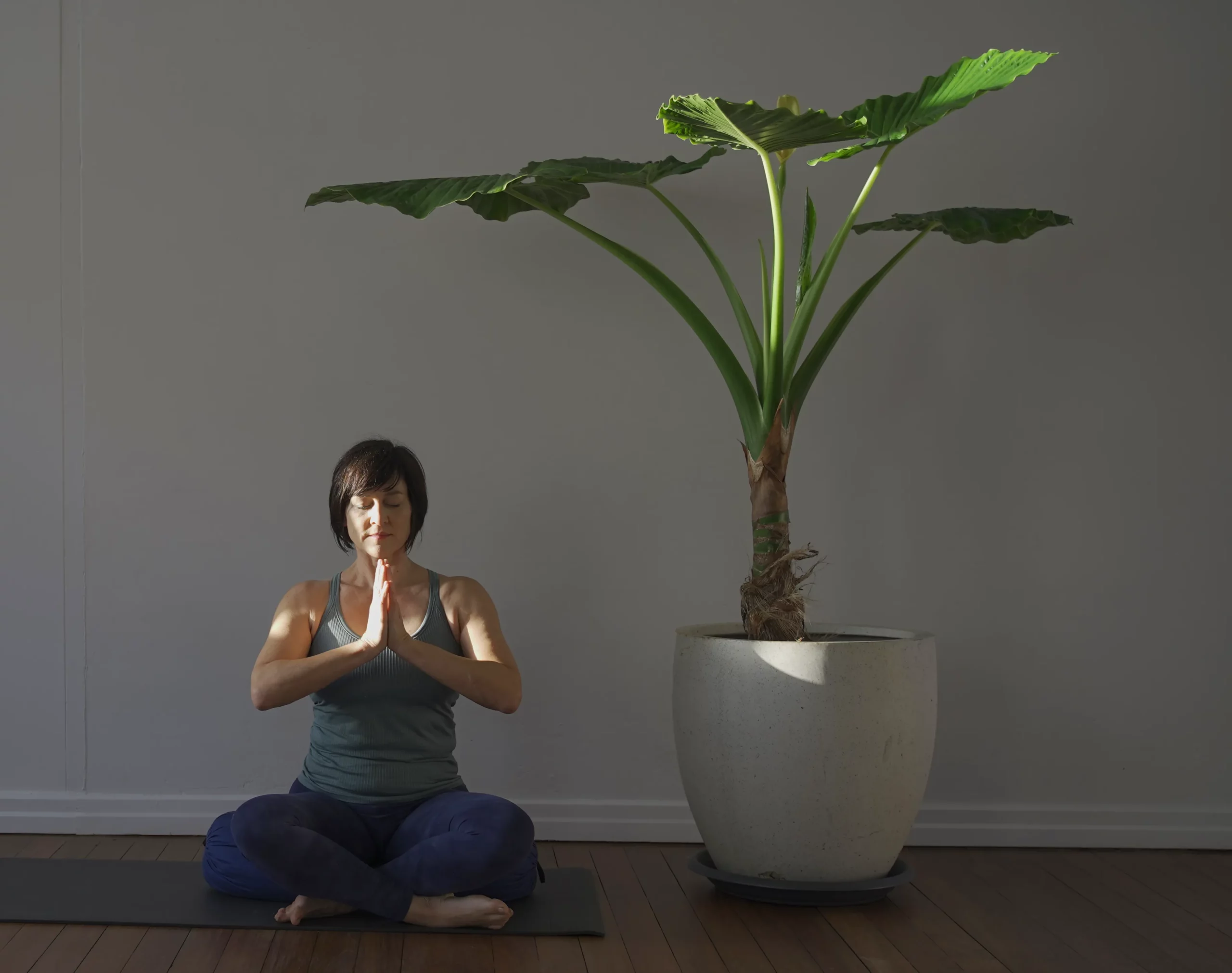Although a small amount of stress can be useful to hit deadlines and complete big projects placing the body under constant stress can affect the body and mind in a number of ways. The impact of long-term stress carries very real health risks including: high blood pressure, depression, heart disease, asthma and back problems.
You might be a remarkably calm person outside of work and feel that you can handle anything when you’re in your own environment, but how do you remain present and calm when you’re out of your comfort zone? It is important to consider how you’re managing stress and be mindful of your reaction towards events and the people around you.
Stress can be triggered by huge number of factors and it is important to recognise what these factors are within you. It could be that there is an atmosphere that promotes gossiping, an unsupportive boss, being overworked, undervalued, overlooked for a promotion or even a printer that doesn’t work.
The triggers are endless but all have one thing in common they are triggers because we react to them and therefore enable them to become creators of stress in our own body. Signs of stress can include insomnia, difficulty concentrating, upset stomach, headaches, short temper and general dissatisfaction with your job. However, if stress triggers can be caught as they occur it better equips us to prevent these signs.
Step 1:
Firstly, It is important to try to catch the triggers as they occur and bring self-awareness to feelings of stress as they start to arise.

This can be easier said than done when you are in a busy workplace; as there is a tendency to push your own emotions to one side to deal with “more important” matters. Or, you might always feel in a state of stress and are like a pressure cooker waiting to explode with one small event.
If you can observe how you react it will enable you to start breaking your usual pattern and start to recognise the trigger – either a situation or person – without becoming emotionally involved or letting anger guide your reactions.
Notice what is making you react and what is creating the response of anger, stress, anxiety etc. For example, if it’s a person or an event that triggers this feeling then just bringing awareness to this trigger will help you to alter your chain reaction of anger or frustration.
Step 2:
It is important to take the time to become mindful to each situation as it arises and start to become attuned to the people around you.

If you can start to recognise when a thing annoys you, or empathise with the person that is causing you unhappiness this can help to understand why a person acted in a certain way or why a printer that doesn’t work is such a problem for you. In this way, you are better equipped to approach a situation with compassion and start a discussion without anger.
Maybe the person you are angry with is feeling unsupported, or is snowed under with work themselves. Whatever the reason take some time to let yourself be guided by empathy and recognition of the other person’s viewpoint.
Step 3:
How can you help the situation?

Imagine you have just turned up at the company with no prior emotional involvement, what would you do? Suggest an alternative, offer additional training, have a chat to understand their workload.
Bringing mindfulness to your reactions can have far reaching effects on you and the people around you. It will enable you to approach people with honesty and a place of kindness rather than a place of distrust or anger the results can have far reaching effects to your stress levels and the relationships you build.
A 5 minute mindfulness exercise:
Find a quiet spot on a bench in a park, meeting room, boardroom – take a seat, close your eyes and scan your physical body – where do you feel tension in your body?
Watch for any physical sensations and see if you can relax any areas of tension; your jaw, tongue, shoulder or fingers.
Notice if you have any feelings of anxiety or tension in your body – eg. tightness in your chest, churning in the stomach.
If your mind drifts into a story relating to what’s happened then notice what this does to your body – where do you feel it?
Don’t allow yourself to get drawn into a story or label the person or make assumptions around the person or thing that acts as your trigger. Try to remain a passive observer as though you are watching it through a glass window.
Avoid putting your own personal spin on a story as you feel the emotion in your physical body, eg. if a colleague had belittled you in public try not to fall into a story that belittles them or leaves you as the victim. Instead observe what has happened – if you feel anger or hurt where do you feel it in the physical body? Take the breath into that area.
As you sit and observe these sensations start to move away from the sensation of the emotion and place your focus on the breath: breath in more deeply through your nose and take this breath to the area that is holding the tension – don’t get drawn into who or what made you feel like this and if you do drift then simply bring your mind back to the breath.
Long, slow inhales as if you are sipping the air through your nose and then long slow exhales through your nose. Deepen the breath a little each time without allowing any feelings of discomfort move into the body as a result of the breath.
If your mind starts to wander with personal labels a mantra with each breath can help eg. “I release tension” or “I release anger” “I let it go” “I am successful in my work.” etc. – continue to focus on this for several minutes.
After this exercise you might recognise that it is a situation you would like to address further – maybe speaking to the person who has created the triggers in your body, or a boss about an unachievable workload = approaching them with open body language and a feeling of empathy towards them and explaining how you felt – being honest with your words but directing no malice at the person.
Or, it might simply be doing nothing – just notice your feelings and let the anger dissipate. Realising that the stress was triggered by your reaction and the person that you directed your anger at was simply a catalyst for this suppressed stress.

Bringing mindfulness to your reactions can have far reaching effects on you and the people around you. It will enable you to approach people with honesty and a place of kindness rather than a place of distrust or anger the results can have far reaching effects to your stress levels and the relationships you build.



